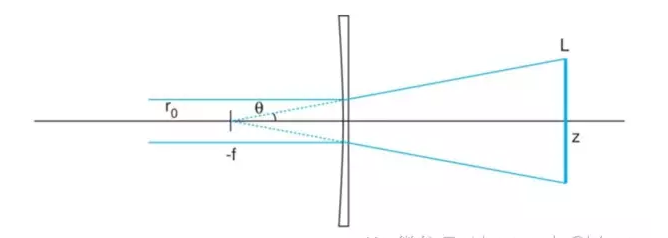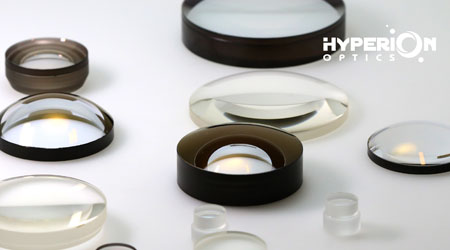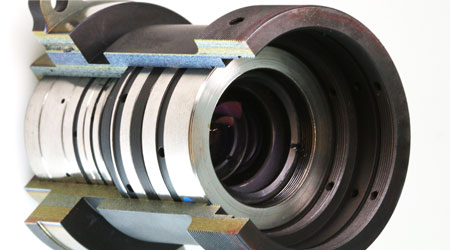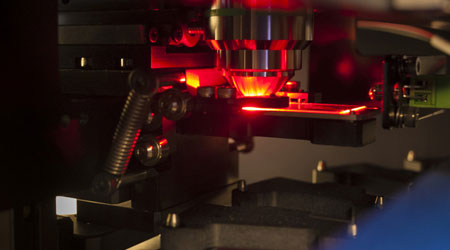As a unique combination of optical elements, the design principles of Cylinder Optics primarily revolve around refraction, reflection, and light path control. Such a system typically includes one or more lenses or mirrors with a cylindrical cross-section. By precisely calculating parameters such as the radius of curvature, refractive index, and surface coatings, the system can achieve accurate focusing, dispersion, or redirection of incident light.
The theory behind Cylinder Optics mainly encompasses the fundamental principles of geometric optics, such as the rectilinear propagation of light, the law of reflection, and the law of refraction. These principles are concretely applied in Cylinder Optics by accurately calculating parameters like the radius of curvature and refractive index of cylindrical surfaces (e.g., lenses or mirrors) to control the light's propagation path and direction. Moreover, factors like optical aberrations and resolution need to be considered to ensure the system achieves the desired optical performance. Additionally, with the advancement of modern optical technology, theories from wave optics and quantum optics are increasingly being integrated into the study of Cylinder Optics to gain a deeper understanding of their physical mechanisms and application properties.
With the rapid advancement of technology, Cylinder Optics, due to their unique optical properties and broad application prospects, have become core components in many high-tech fields. In laser technology, cylindrical lenses are used for beam shaping to achieve uniform distribution and long-distance transmission of laser beams. In optical imaging systems, Cylinder Optics combined with microlens arrays can significantly enhance image resolution and contrast, making them widely used in microscopes, telescopes, and camera lenses. Furthermore, Cylinder Optics are also showing immense potential in fields such as fiber optic communications, optical information processing, and biomedical imaging. For example, cylindrical lenses can be used for fiber coupling to enhance signal transmission efficiency or can be combined with gratings and holographic elements to achieve complex light field manipulation and measurement.

 Call us on:
Call us on:  Email us:
Email us:  R&D Center: 9B-4F 401,No.1 Qingnian Road Liando U Valley,Yuhua International Wisdom Valley, Nanjing, 210039 China
R&D Center: 9B-4F 401,No.1 Qingnian Road Liando U Valley,Yuhua International Wisdom Valley, Nanjing, 210039 China









 English
English  cn
cn  de
de  es
es  fr
fr 


